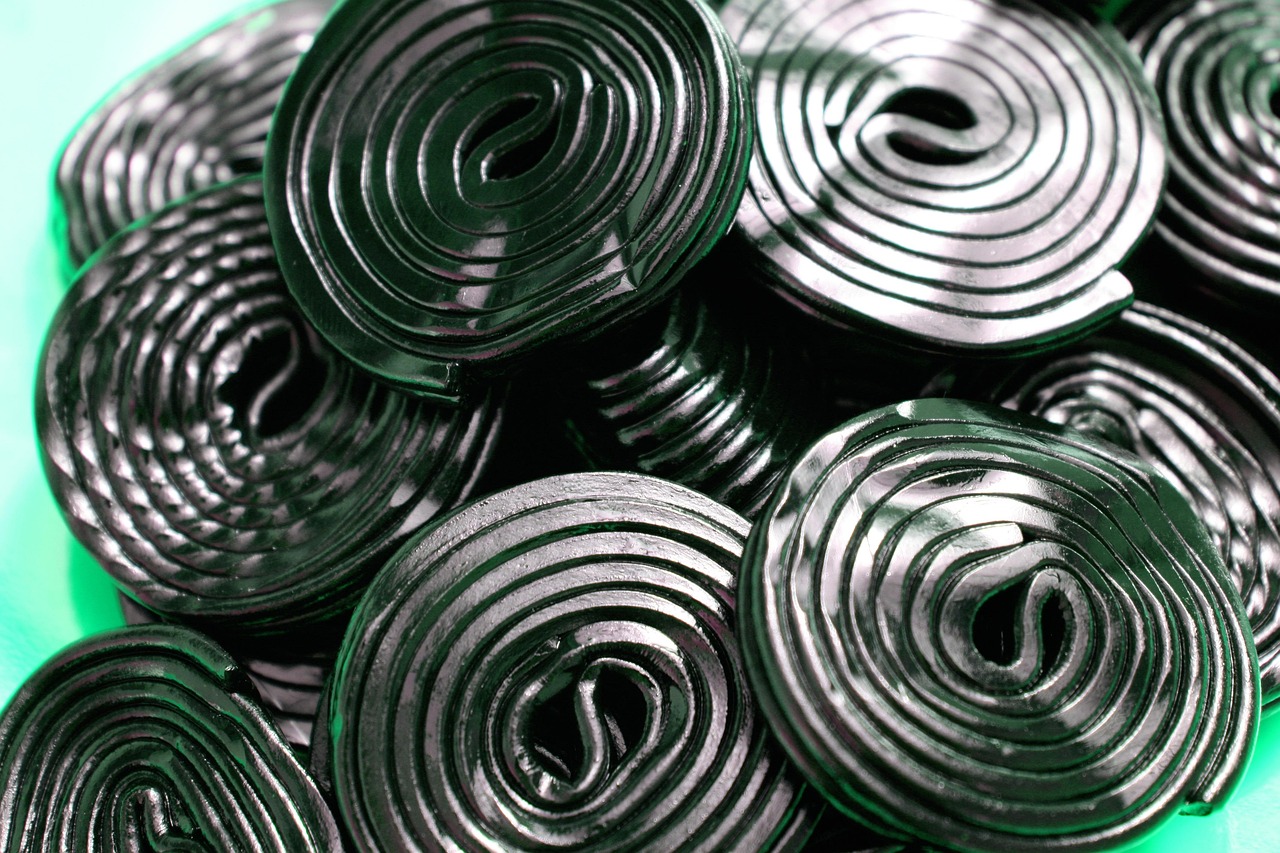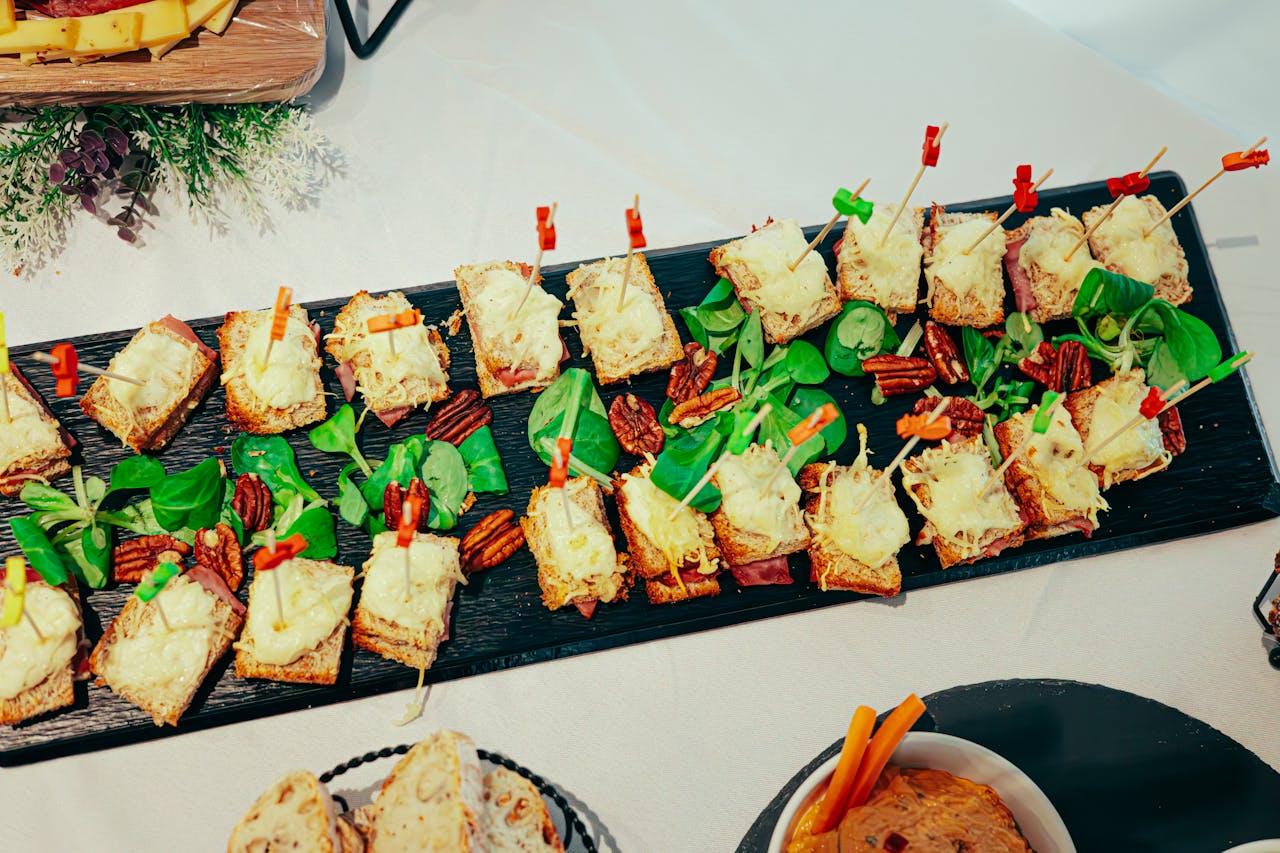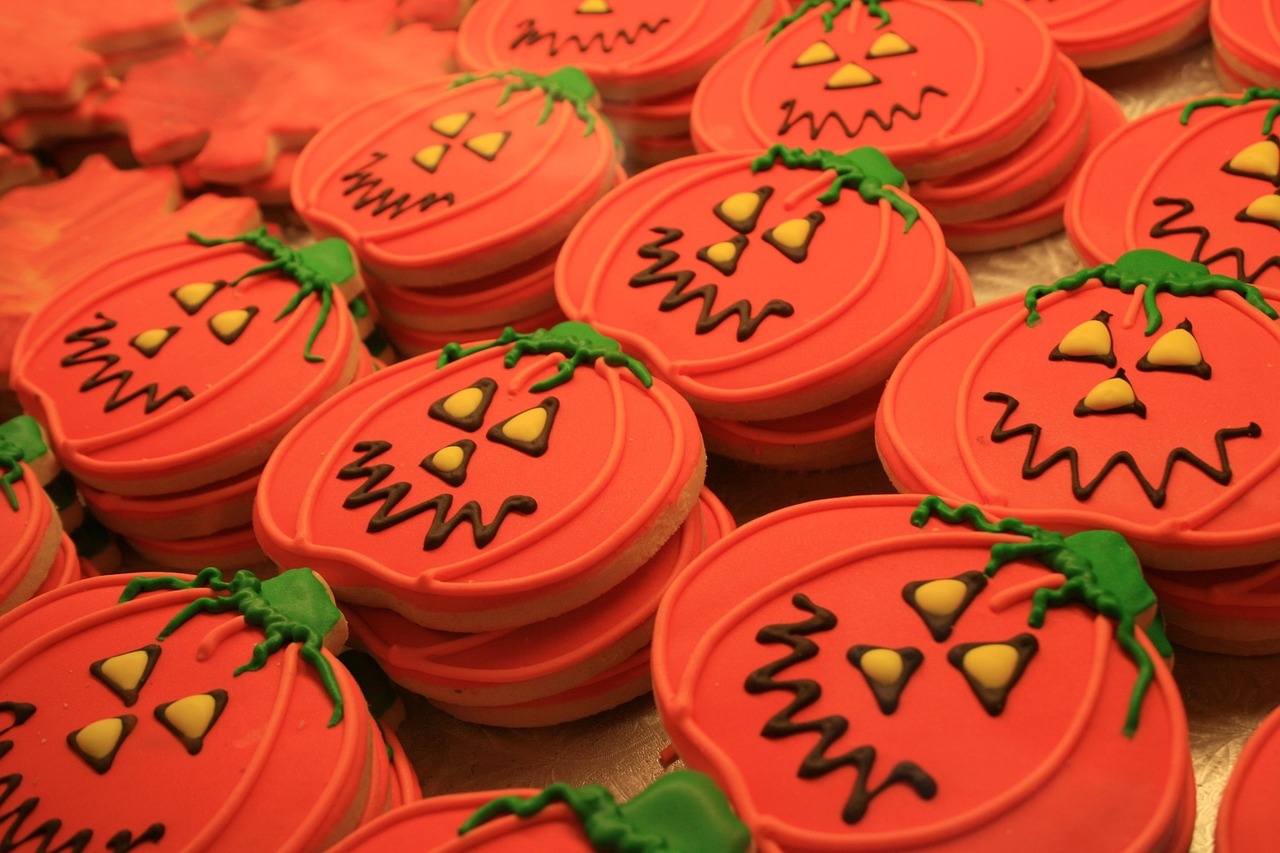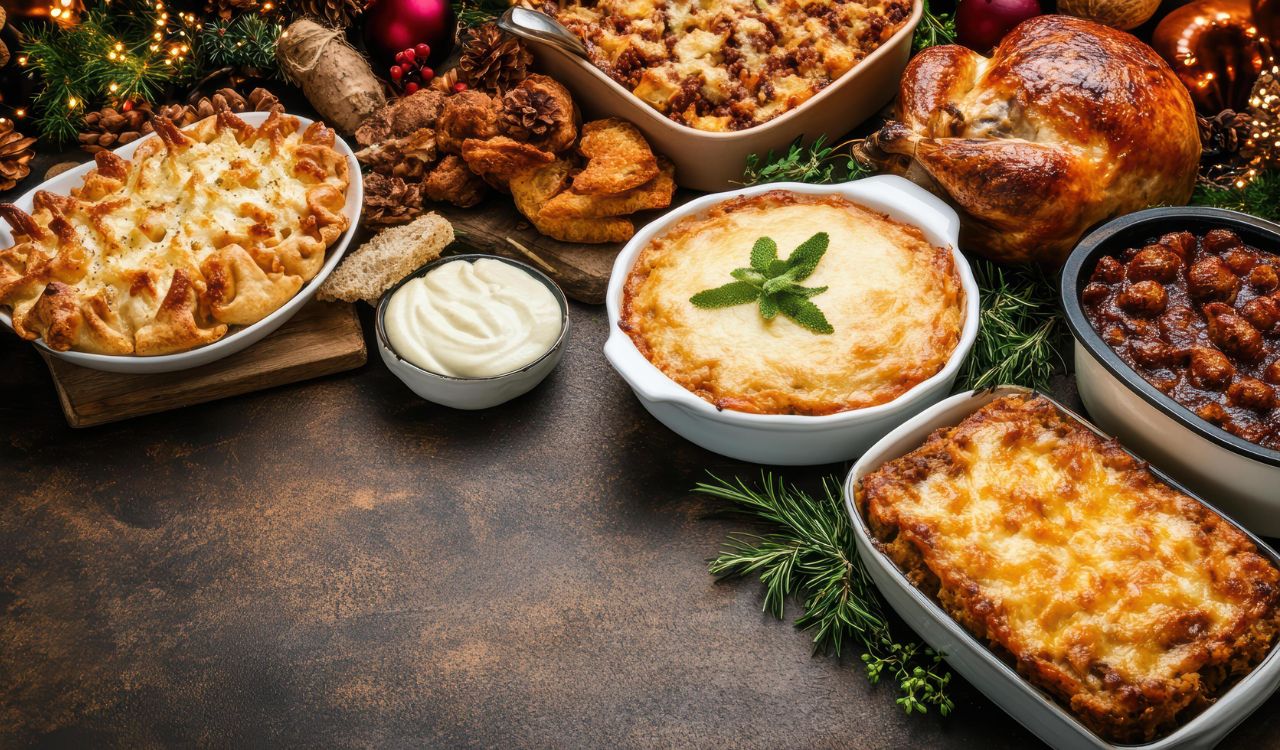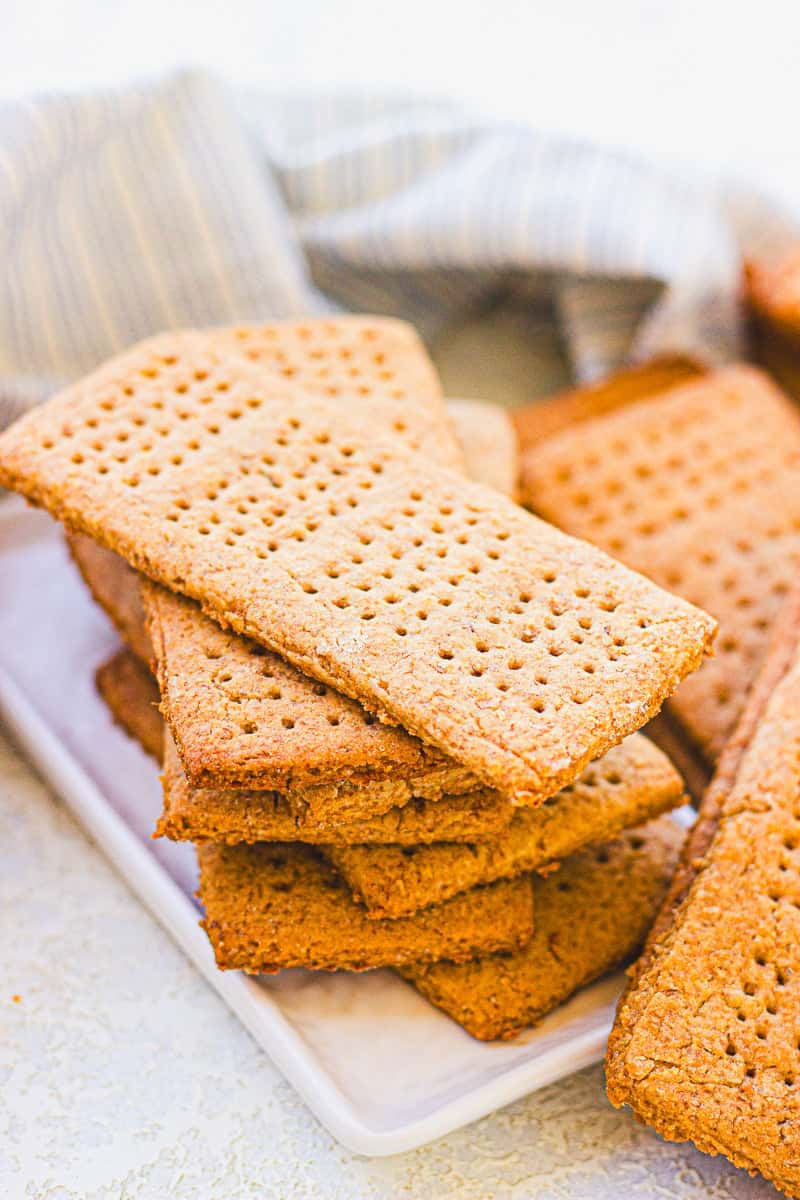7 Foods You Should Never Cook on a Barbecue but Probably Do
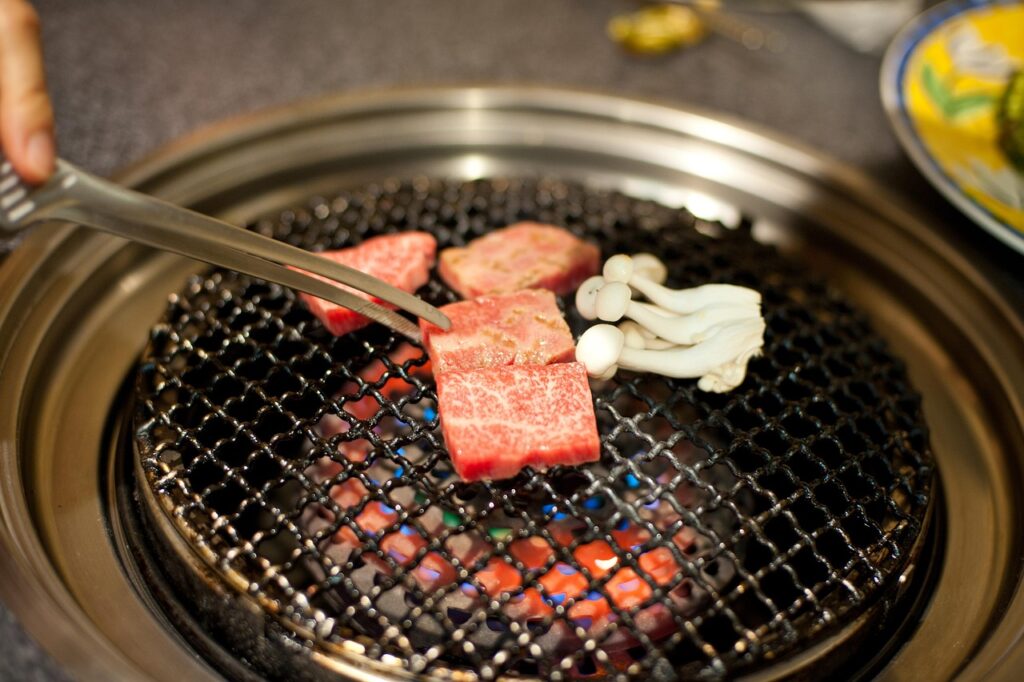
Grilling brings bold flavors, smoky aromas, and the joy of cooking outdoors, but not every ingredient responds well to direct heat. Some foods that seem harmless or even traditional on a barbecue can lose their texture, dry out far too quickly, or become unsafe when exposed to flames. Understanding which items struggle on the grill helps you avoid disappointing results and cook with greater confidence. When you choose ingredients that truly suit the heat, you preserve the pleasure of grilling while steering clear of simple but costly mistakes that can easily be avoided.
1. Pork Chops

There is a reason pork chops often disappoint on a barbecue, and it starts with how quickly they lose moisture. Pork chops are naturally lean, which means they need steady, controlled heat to stay tender. On a grill, the combination of high temperature and direct flames causes the exterior to tighten before the inside has time to cook evenly. This leads to dry, tough meat and a charred crust that tastes more burnt than smoky. Pork chops fare far better when cooked over gentle heat that allows the meat to stay juicy while still developing flavor.
2. Flaky Fish
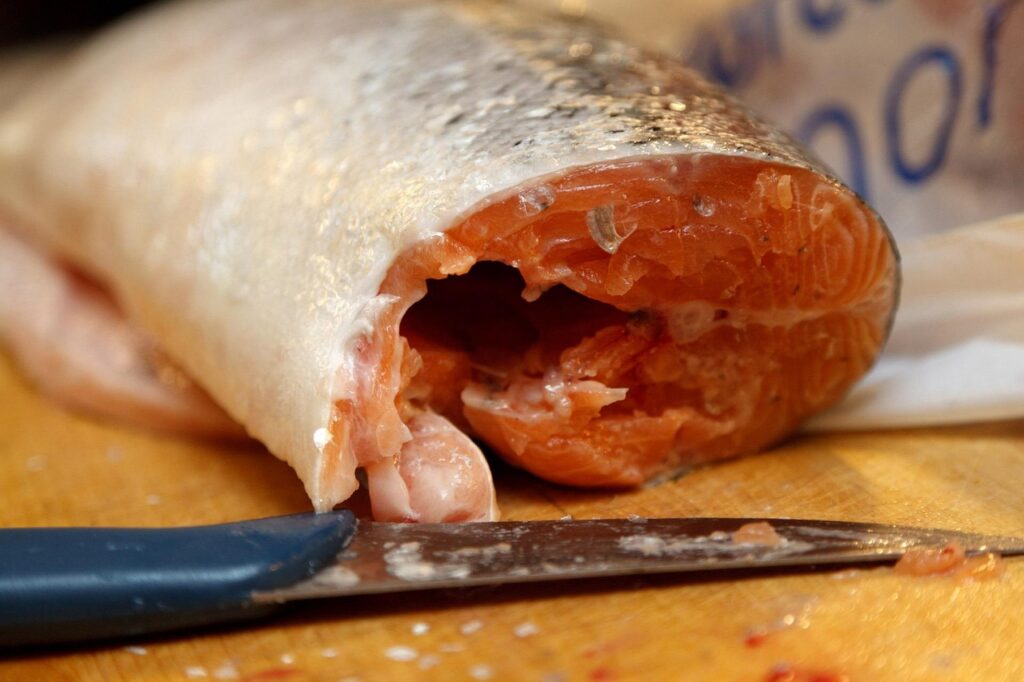
Flaky fish may seem like a natural fit for grilling, but its delicate structure tells a different story. Fish like tilapia, haddock, and flounder fall apart the moment they touch hot grates because their muscle fibers are short and tender. The heat causes them to stick, tear, or crumble before you can flip them. Oil or foil helps, but it does not change the fact that these varieties lack the firmness needed to withstand direct fire. A controlled pan or oven environment preserves texture and flavor far more effectively.
3. Shish Kebabs
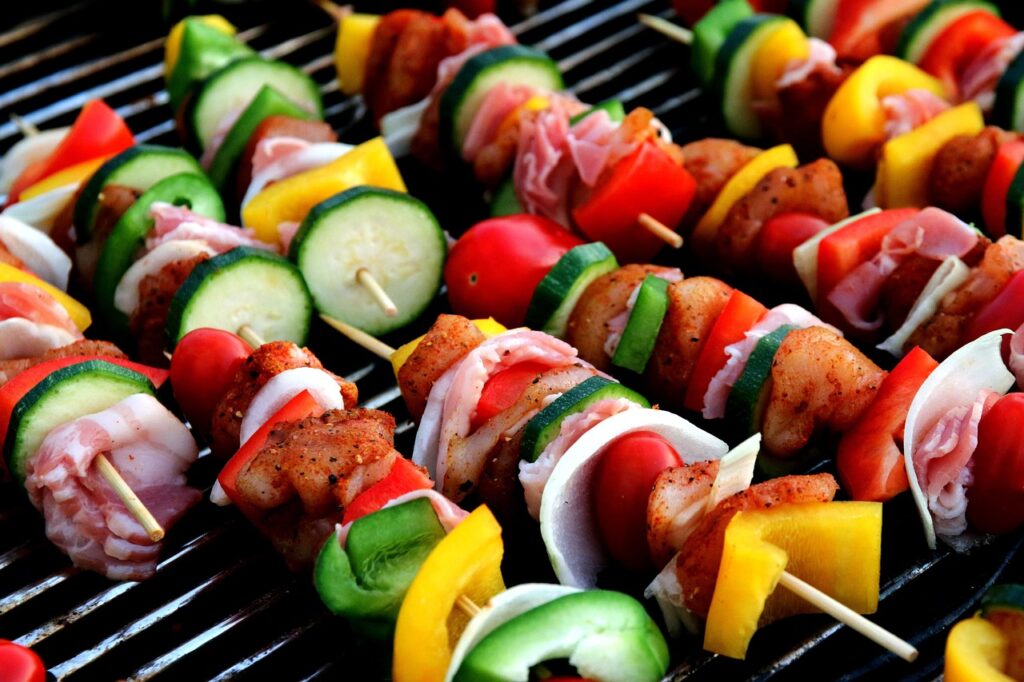
Shish kebabs look perfect for barbecues, but the science behind their uneven cooking makes them less ideal. Meat and vegetables have different moisture levels, densities, and cooking times, so they rarely finish at the same rate. On the grill, the vegetables soften and char before the meat reaches a safe temperature, or the meat cooks through while the vegetables remain raw. This mismatch leads to skewers that are inconsistent and often overexposed to direct heat. Cooking ingredients separately allows everything to reach its best texture.
4. Pizza
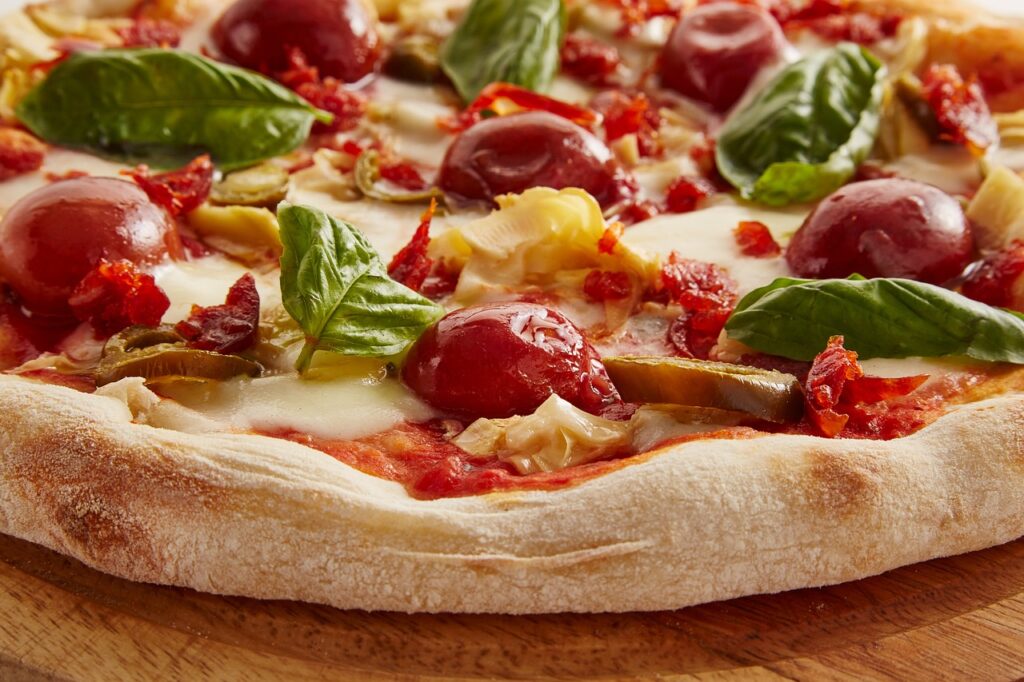
Pizza on a grill may sound adventurous, but the execution rarely works as smoothly as expected. A grill does not heat the way a pizza oven does. True pizza requires intense, even heat that cooks the crust quickly while keeping toppings balanced. Grates create weak support and uneven heat zones that cause the dough to sag, burn, or stick. The top cooks slower than the bottom, which leads to scorched crusts and underdone toppings. Pizza stones help somewhat, but they still cannot replicate the enclosed heat needed for proper results.
5. Bacon
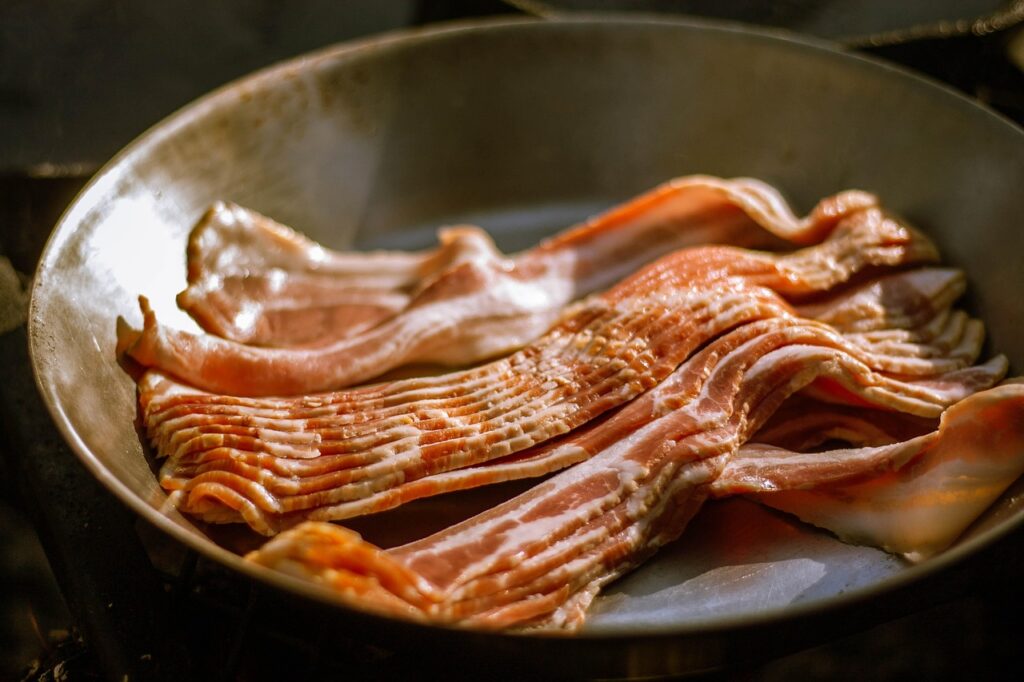
Bacon seems like a flavorful grilling option, yet it behaves unpredictably over open flames. Its high fat content renders quickly, dripping onto the fire and producing flare-ups that burn the strips rather than crisping them evenly. The rapid fat loss also accelerates drying, leaving bacon brittle and dark rather than gently caramelized. Stove or oven heat gives bacon the controlled space it needs to crisp without scorching. On a grill, the risk of fire, uneven browning, and excessive charring outweighs the novelty.
6. Peeled Shrimp
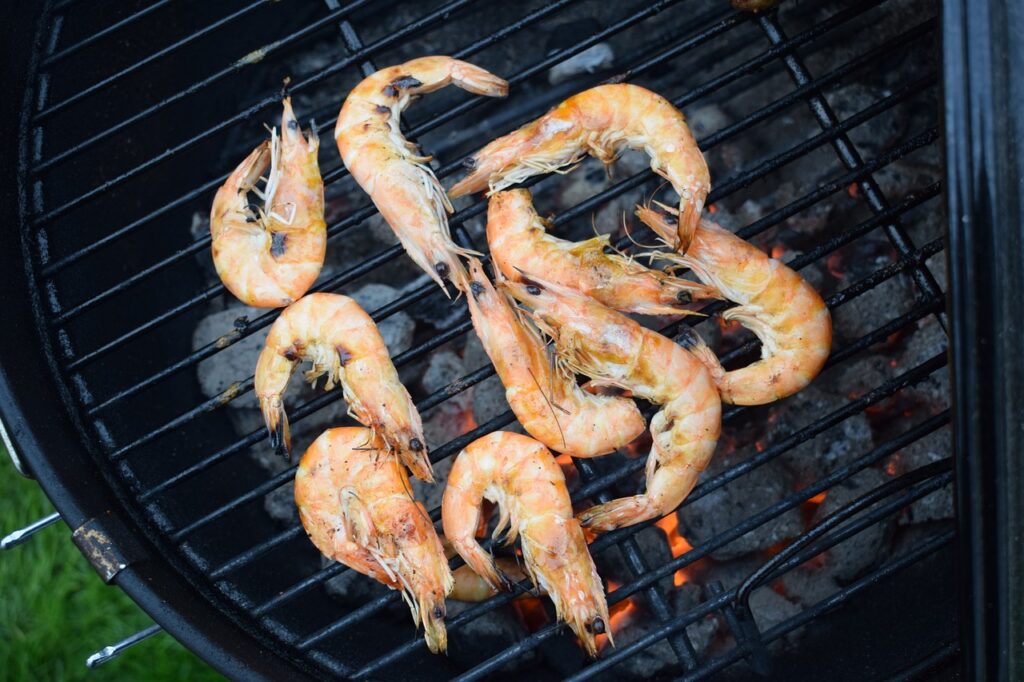
Peeled shrimp cook in minutes, which makes them vulnerable to overcooking when exposed to direct grill heat. Without their shells, the flesh loses moisture rapidly and becomes rubbery before grill marks even appear. Shrimp also shrink and fall through grates easily, creating waste and uneven results. They respond far better to skewers, grill baskets, or stovetop pans where the temperature can be moderated. The quick-cooking nature of shrimp simply does not match the aggressive environment of a barbecue grate.
7. Tomatoes
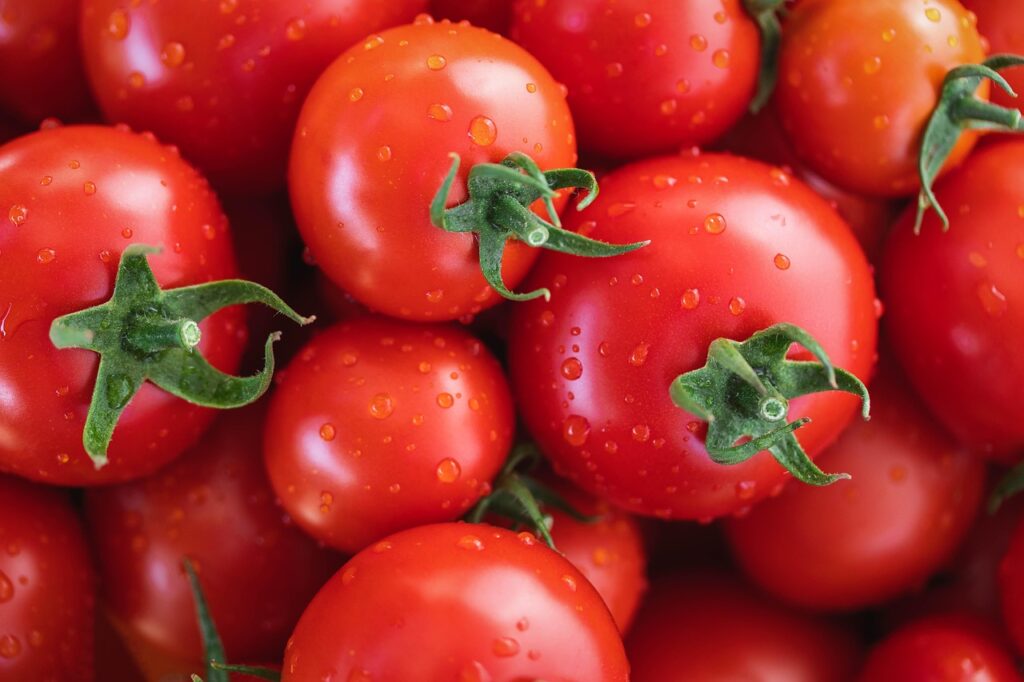
Tomatoes, despite being used in grilled salads and skewers, struggle on a barbecue because their water content is extremely high. When exposed to intense heat, the internal moisture expands faster than the skin can handle, causing splitting, collapse, or stewing rather than searing. They also slip through grates and lose structure long before developing any real char. Tomatoes do best in environments where heat can be controlled, allowing them to soften gradually while holding shape, something grills rarely provide.


